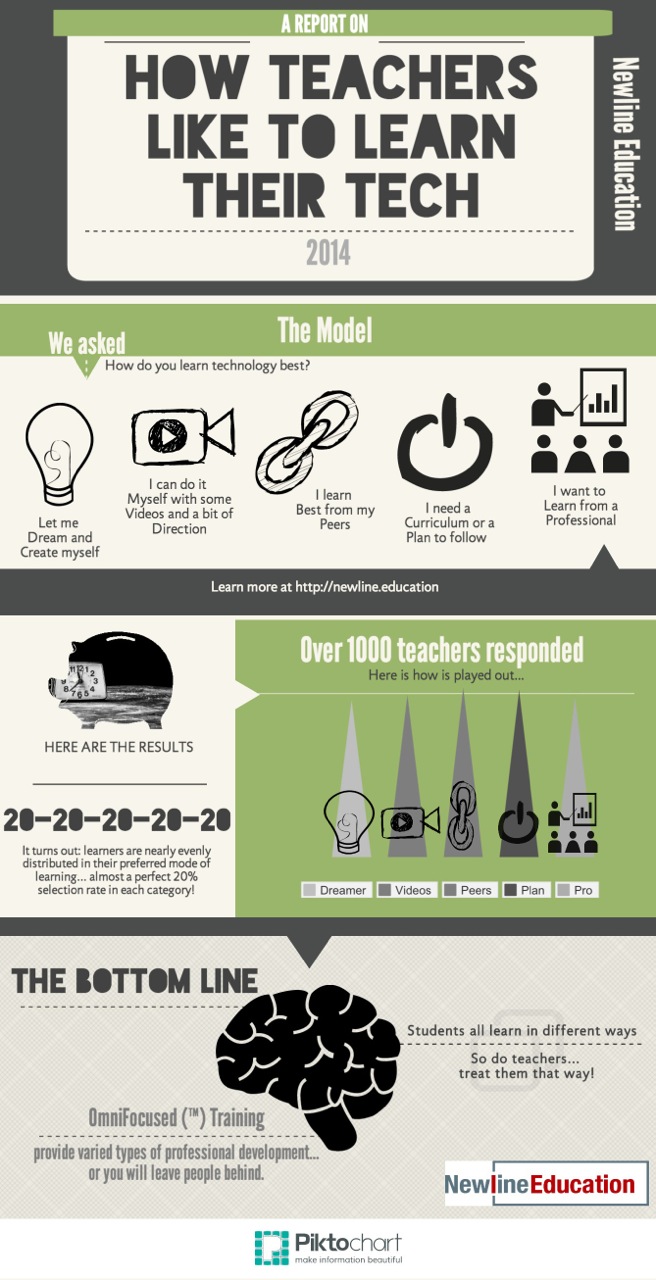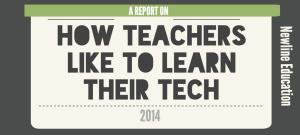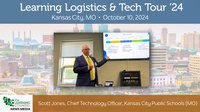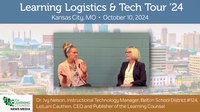
Did anyone just ask teachers how they learn so that the right professional development could be adopted to enable their transition to digital teaching?
Yes.
Digital tools are now an integral part of teaching and learning. While there may still be debate of how to best utilize the new tools, and which applications or devices are best, there is no denying that institutions are taking the digital transition seriously. With an economy now in the Age of Design, using analytics and customization on nearly everything to build better products and services, there is really no excuse to not apply simple surveying and design better PD.
In the past, leaders have tried several tactics to move things along with their teachers. They have:
- Attack the problem with a whole arsenal of moves and training.
- Neglect teachers and leave them to their own devices to figure things out, literally.
- Avoid the problem by referral, giving others general ideas of what training is needed and being surprised when little progress is made.
- Give up and fire people in order to hire new, younger folks who may know better how to teach with 21st Century tools.
Note that precious few teaching colleges are teaching anything boldly new and are still sage-on-the-stage teaching oriented.
Surveying
For the past three years I have been sending out surveys to educators across the United States as part of the work with Newline Education. From Wisconsin to Texas, Missouri to California, thousands of educators answered, identifying areas of needed professional development within the digital education arena. These survey questions benchmark everything from Google Apps awareness to proficiency in teaching online. Dozens of questions have been asked to gather a snapshot of a school or district’s digital readiness, but none of the questions are more important than the last:
“How do you like to learn new technologies best?”
Results
Respondents to the surveys have had to pick from a prescribed list of options:
1. Let me dream and create myself.
2. I can do it myself with some videos and a bit of direction.
3. I learn best from my peers.
4. I need curriculum or a plan to follow.
5. I want to learn from a professional.
We were convinced that a great number of folks would fall into the “peers” and “bit of direction” category. Perhaps a fair amount might even choose “a plan to follow.”
There was no bell curve or clear leader.
Things turned out evenly distributed, so evenly in fact that results were fairly shocking. We checked and rechecked the formulas and data. We even reformatted the question to allow for multiple responses and sent it out to hundreds of new recipients, only to find virtually the same results.
Actual Results:
19.5% - Let me dream and create myself.
20.1% - With videos and a bit of direction.
21.0% - I learn best from my peers.
20.7% - I need curriculum or a plan to follow.
19.8% - I want to learn from a professional.
Every category held almost exactly the same weight.
The Impact
It is particularly worrisome that many education leaders have a very unclear picture of how to train teachers for technology use in teaching and learning. Pundits of the education sector been preaching the fact that there are various types of learners and a need for differentiated teaching for what feels like forever, yet we miss this concept when it comes to teaching our teachers. It is as if we believe that we grow out of varied learning styles, or that when dealing with technology there must be a prescribed way to learn.
Going Forward
Differentiated instruction for adults works – that’s step one going forward. Schools need to ensure that they are helping their dreamers grow by offering incentives, providing next generation tools, and allowing experimentation.
Schools also need to make sure that any stragglers, the digital resistance, are coaxed along through small group and one-on-one mentoring scenarios. There needs to be on-demand materials for those that need a guide post and course or camps to bring ‘curriculum cravers’ along.
Make sure to have solutions for all the learners.
Newline Education uses a method called “Omnifocused” training so that all learning types are covered.
You can create a solid plan yourself if you keep the learners at the core of your planning. Ensure that your schools’ professional development plan covers the five major types of learners and you will have a much more harmonious learning culture. With better design, our survey efforts have dovetailed into actual results working with over 50 schools to become living proof of a better design for professional development.











